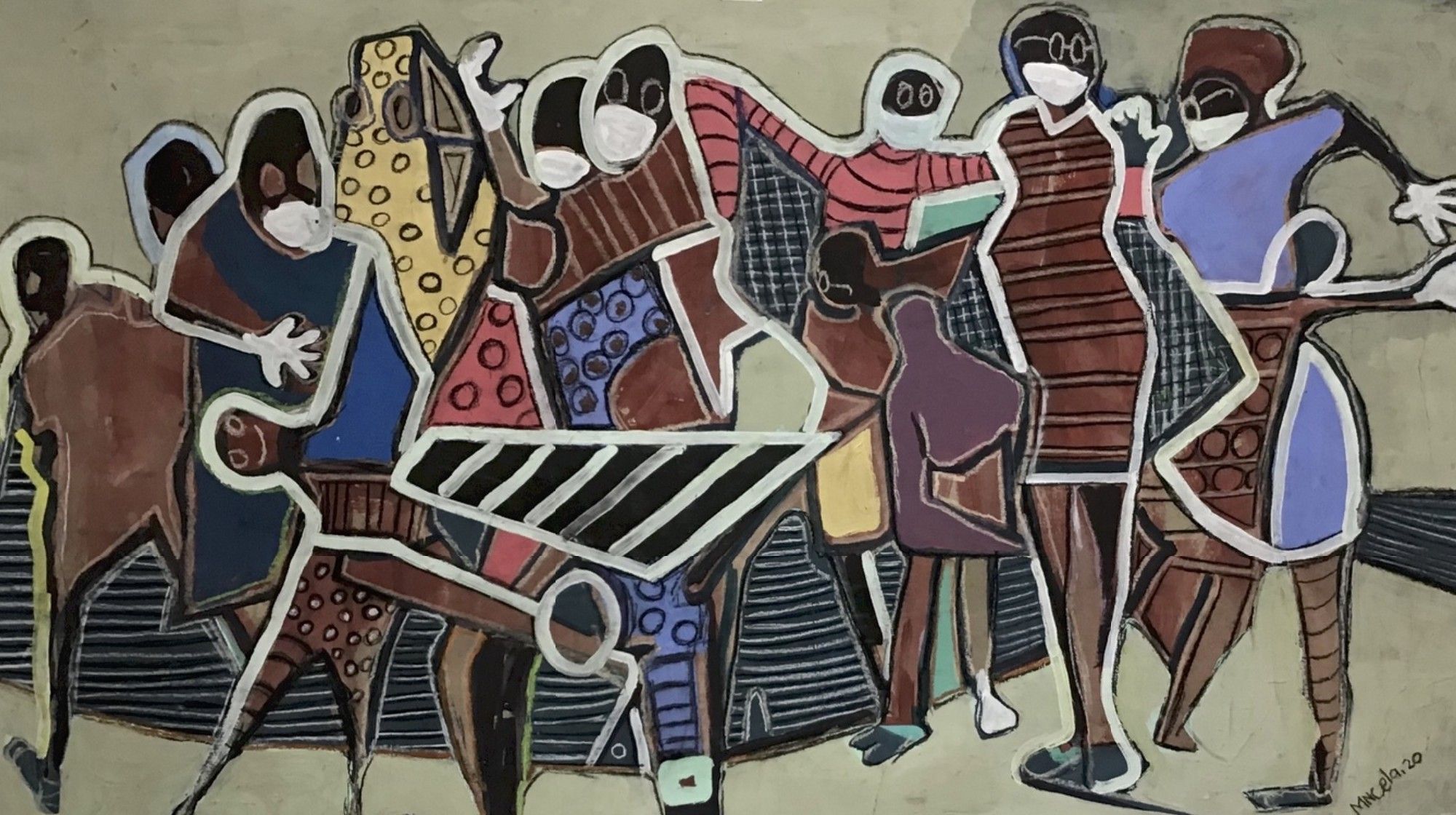The Cat Comes Back: How COVID Never Goes Away
Sri Lanka’s third and worst wave thus far

Dammit we’ve got COVID again. Over 1,000 cases, out of nowhere. We were going about our business and I was frankly being a lecturing ass about it and now we’re back in the soup. COVID-19 is a hell of a disease.
Sri Lanka is a closed island, as hermetically sealed as you can get and we had no local transmission for months. But then we went from one to a thousand real quick. In a matter of days, which means, of course, that it wasn’t days, that the thing had been spreading for a while. From where? From when? We don’t know.
The sheer contagiousness of this disease is staggering. Kerala was managing it and has now been laid low by a superspreader event. Korea had the best procedures I could imagine, and they’re struggling to keep it in the double digits. This is truly a virulent disease. You can be right 99% of the time, but COVID needs just one particle in one nose and it’s all gone to shit.
Sri Lanka, of course, was dipping below 99%. Masking sucks and we had gotten pretty lax about it. People had essentially gone back to life at 100% — work, movies, even double-kissing had returned. Last time we shut down with less than 100 cases for two months, and the cases still rose. We have working infrastructure now, but the question remains, can we get it down?
I remember looking at Italy’s first outbreak, how it went from 100 cases to thousands so quickly. We get inured to seeing thousands of cases a day in other countries, but that’s not the threshold. The threshold is one. Just one superspreader even is all it takes to have, well, superspread.

The Great Adaptation
This virus is almost perfectly adapted to be a pandemic. It’s in the Goldilocks zone for disease. COVID-19 can take days to show symptoms, or not show symptoms at all. It can float through the air on droplets. It kills, but rarely. It targets the old more than the young. Also, unlike say Ebola, its symptoms are not immediately terrifying.
The paradox is that a disease with a higher fatality rate is actually better. With SARS (the first) and moreso MERS, the symptoms were so bad that most people ended up in hospital and many died. Because SARS-CoV-2 is less aggressive it has more opportunities to spread. People stay home, they feel OK or, worst of all, they feel completely fine.
If a disease targets the young, like dengue, people freak out. We seem to care much more about children than elders (bad). Instead, many nations seem quite willing to sacrifice their grandparents, ignoring of course that while COVID hits old people the worst, it can hit anyone given large enough numbers.
Finally, because COVID doesn’t lead to blood coming out of every orifice, people are like ‘it’s just the flu’, until they’re suffocating to death, surrounded by plastic and alone; a terrible death but also a largely invisible one. This invisibility also makes us less afraid, which is not a good thing. Nobody wants to get Ebola. With COVID-19 people think they might be fine.
This is it. The perfect storm. The ideal disease vector for our bodies, or societies, our minds. And the thing is back. It’s back here. It’s off like a spark and spreading, and we’re dreading.
Like the song said, the cat came back, it just couldn’t stay away. Wish us luck. We’re going under for the third wave.
This is from the Dirty South newsletter, where I write more personal stuff.